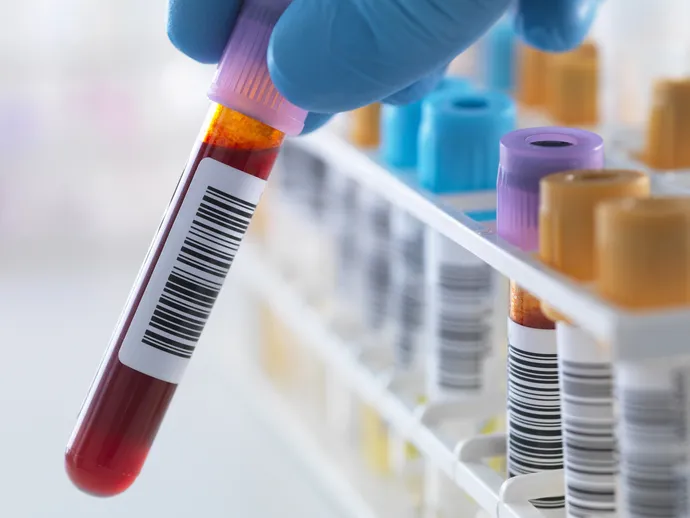Last updated on 16th Oct 2021 - By Dwayne Michaels
How Abnormal SODIUM affects heart?
Sodium helps keep a normal balance of fluid in your body. Patients with heart failure need to follow a low-sodium diet because it helps control symptoms of heart failure and prevent other heart problems.

Sodium is an essential electrolyte that helps maintain the balance of water in and around your cells. The minimum physiological requirement for sodium is between 115 and 500 milligrams per day depending on sweating due to physical activity, and whether the person is adapted to the climate.

Sodium chloride is the principal source of sodium in the diet, and is used as seasoning and preservative, such as for pickling and jerky; most of it comes from processed foods. The Adequate Intake for sodium is 1.2 to 1.5 grams per day, but on average people in the United States consume 3.4 grams per day, the minimum amount that promotes hypertension.
Also Read : Symptoms of Abnormal sodium
Normal serum sodium levels are between approximately 135 and 145 mEq/liter (135 - 145 mmol/L). There are two types of sodium disorders :
Hyponatremia :
Hyponatremia is a low sodium concentration in the blood. It is generally defined as a sodium concentration of less than 135 mmol/L (135 mEq/L), with severe hyponatremia being below 120 mEq/L. Symptoms can be absent, mild or severe. Mild symptoms include a decreased ability to think, headaches, nausea, and poor balance. Severe symptoms include confusion, seizures, and coma. Low volume hyponatremia can occur from diarrhea, vomiting, diuretics, and sweating.
Treatment is based on the underlying cause. Correcting hyponatremia too quickly can lead to complications. Rapid partial correction with 3% normal saline is only recommended in those with significant symptoms and occasionally those in whom the condition was of rapid onset.
Low volume hyponatremia is typically treated with intravenous normal saline. Hyponatremia is the most common type of electrolyte imbalance. It occurs in about 20% of those admitted to hospital and 10% of people during or after an endurance sporting event.
Neurological symptoms typically occur with very low levels of plasma sodium (usually less than 115 mmol/L). When sodium levels in the blood become very low, water enters the brain cells and causes them to swell (cerebral edema). This results in increased pressure in the skull and causes hyponatremic encephalopathy.
Did you know? Not getting enough sleep is linked to Heart attack, Depression, High Blood Pressure, Obesity and Diabetes.

As pressure increases in the skull, herniation of the brain can occur, which is a squeezing of the brain across the internal structures of the skull. This can lead to headache, nausea, vomiting, confusion, seizures, brain stem compression and respiratory arrest, and non-cardiogenic accumulation of fluid in the lungs.
Hypernatremia :
Hypernatremia, also spelled hypernatraemia, is a high concentration of sodium in the blood. Early symptoms may include a strong feeling of thirst, weakness, nausea, and loss of appetite. Severe symptoms include confusion, muscle twitching, and bleeding in or around the brain.
Normal serum sodium levels are 135145 mmol/L (135145 mEq/L). Hypernatremia is generally defined as a serum sodium level of more than 145 mmol/L. Severe symptoms typically only occur when levels are above 160 mmol/L.
Severe symptoms are usually due to acute elevation of the plasma sodium concentration to above 157 mmol/L (normal blood levels are generally about 135145 mmol/L for adults and elderly). Values above 180 mmol/L are associated with a high mortality rate, particularly in adults.
Also Read : What can cause inaccurate blood test results?
However, such high levels of sodium rarely occur without severe coexisting medical conditions. Serum sodium concentrations have ranged from 150–228 mmol/L in survivors of acute salt overdosage, while levels of 153–255 mmol/L have been observed in fatalities.
The cornerstone of treatment is administration of free water to correct the relative water deficit. Water can be replaced orally or intravenously. Water alone cannot be administered intravenously (because of osmolarity issues leading to rupturing of red blood cells in the bloodstream), but rather can be given intravenously in solution with dextrose (sugar) or saline (salt).
However, overly rapid correction of hypernatremia is potentially very dangerous. The body (in particular the brain) adapts to the higher sodium concentration. Rapidly lowering the sodium concentration with free water, once this adaptation has occurred, causes water to flow into brain cells and causes them to swell. This can lead to cerebral edema, potentially resulting in seizures, permanent brain damage, or death.
Therefore, significant hypernatremia should be treated carefully by a physician or other medical professional with experience in treatment of electrolyte imbalance. Specific treatments such as thiazide diuretics (e.g., chlorthalidone) in congestive heart failure or corticosteroids in nephropathy also can be used.

Does drinking water before blood test affect results?
Certain blood tests require fasting beforehand. Fasting before certain blood tests is important to help make sure that your test results are accurate. Read on to learn more about the effects of water on blood test results.
Know more
What can cause inaccurate blood test results?
Several factors can affect blood test results. Read on to know the top reasons which can lead to inaccurate blood test results.
Read more
Painful health problems of famous celebrities
Read on to know chronic illnesses of top celebrities
Know more